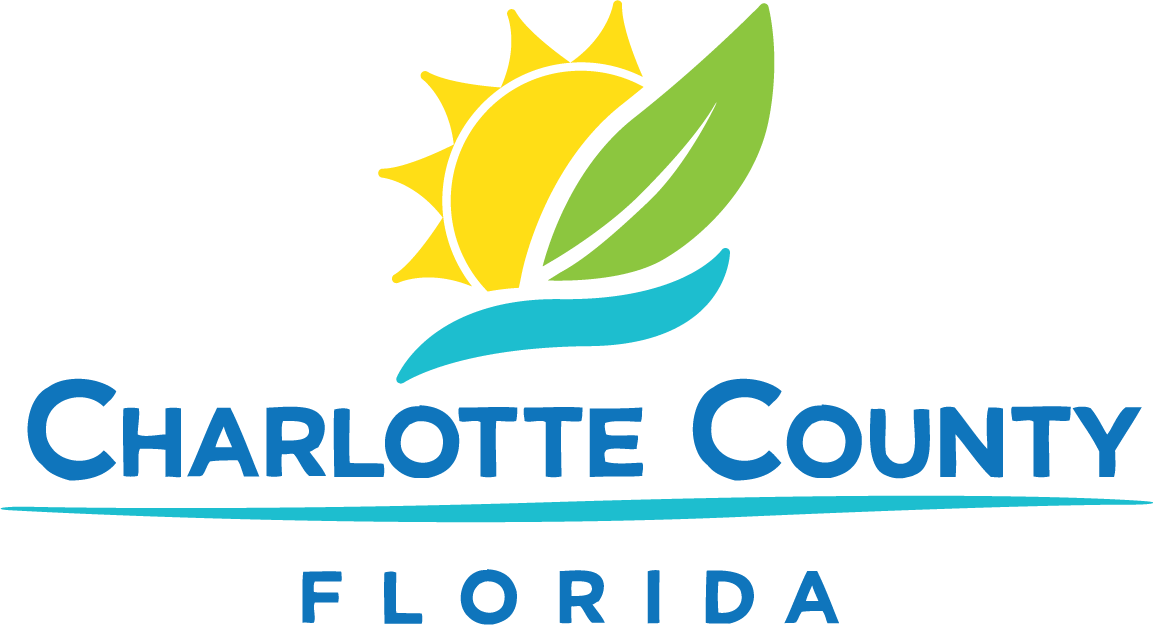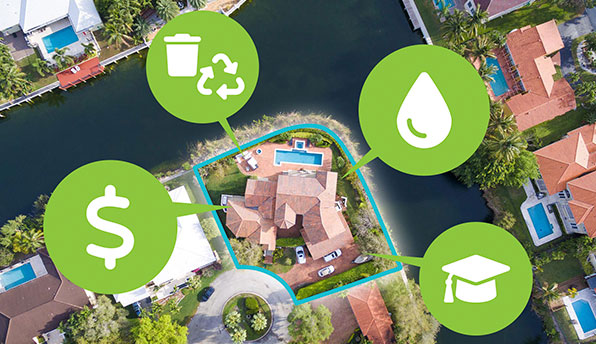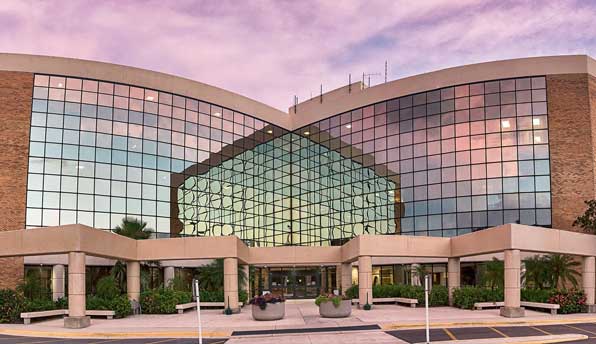Leachate is the liquid that percolates down through a solid waste landfill mound picking up dissolved and suspended solids and materials.
Leachate History
The 0.25 MGD (million gallons per day) Powdered Activated Carbon Treatment (PACT) plant was constructed in 1992; it was placed into service in April 1993. The treated leachate meets or exceeds the final effluent standards for disposal to a 1.50 MGD deep well injection system located adjacent to the treatment plant.
Leachate Site
Charlotte County Utilities contract operates and maintains the Leachate Treatment Facility for the Charlotte County Solid Waste Department. Charlotte County uses state-of-the art treatment technology to treat and dispose of leachate produced at the County's Zemel Road Municipal Solid Waste Landfill. The landfill is located on a 308-acre site and accepts municipal waste from throughout the County.
Treatment Process at Leachate
The landfill has a vertical bentonite (clay soil) slurry wall that blends with the natural confining layer of soil surrounding the landfill below ground. This slurry wall separates the interior landfill leachate, groundwater, and lakes from the groundwater outside of the landfill, which surrounds the entire site. Leachate seeps down through the landfill to a french-drain type collection system and is pumped to the treatment facility for biophysical treatment.
The heart of the facility is the PACT tank system that uses a combination of powdered activated carbon and aerobic bacteria (called sludge) to simultaneously adsorb and metabolize the leachate contaminants. The PACT tank goes through an aeration cycle and then aeration is shut off to permit settling of the sludge. After the settling is completed, the clear water or effluent is removed by pumping it to the sand filter for final polishing. The PACT tank is then refilled with raw leachate and the aeration blower is restarted to repeat the process. After the biophysically-treated effluent passes through the sand filter, it is chlorinated and pumped into the deep well injection system to an approximate level of 2,710 feet below ground in a confined saltwater aquifer.






